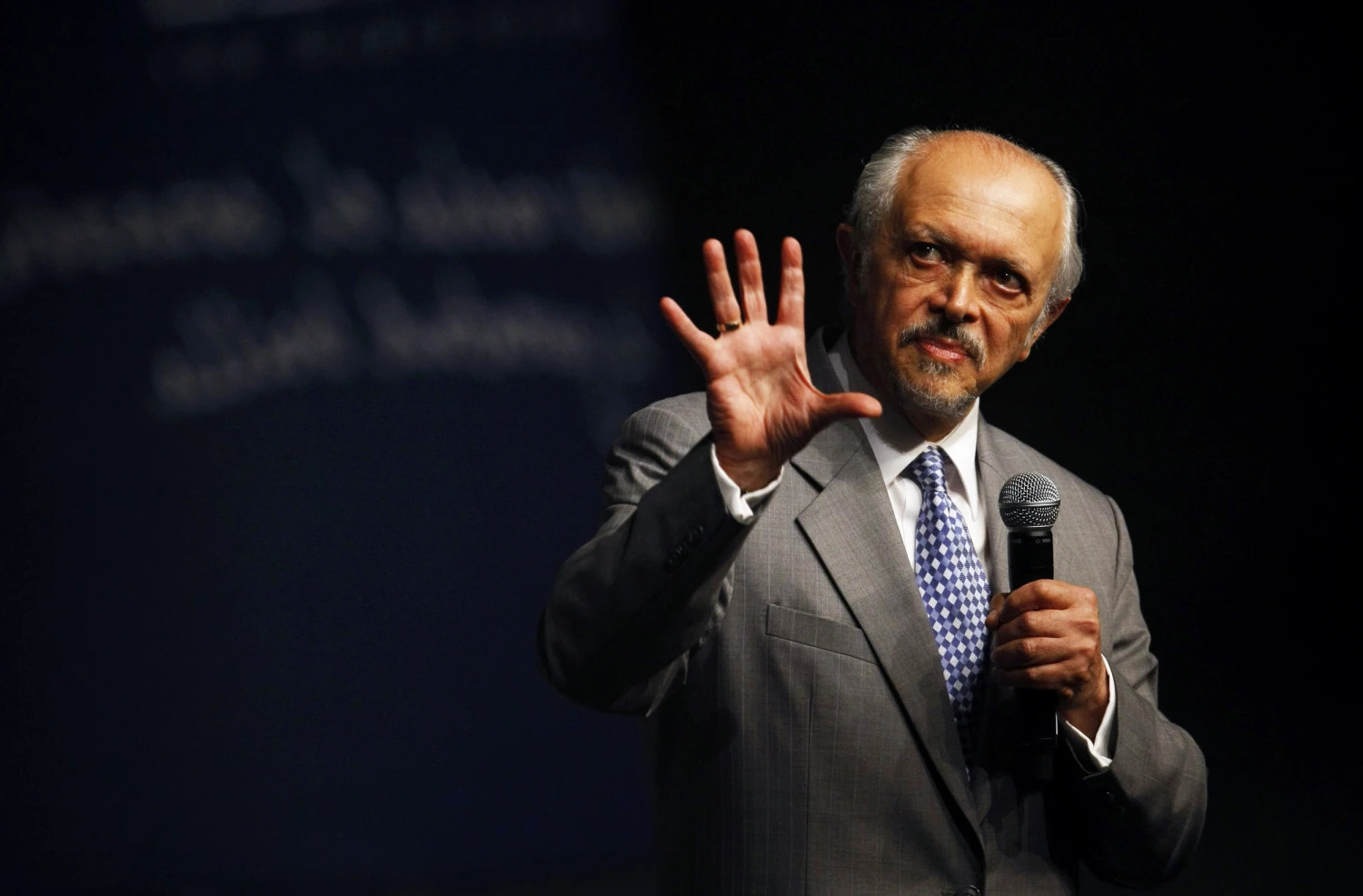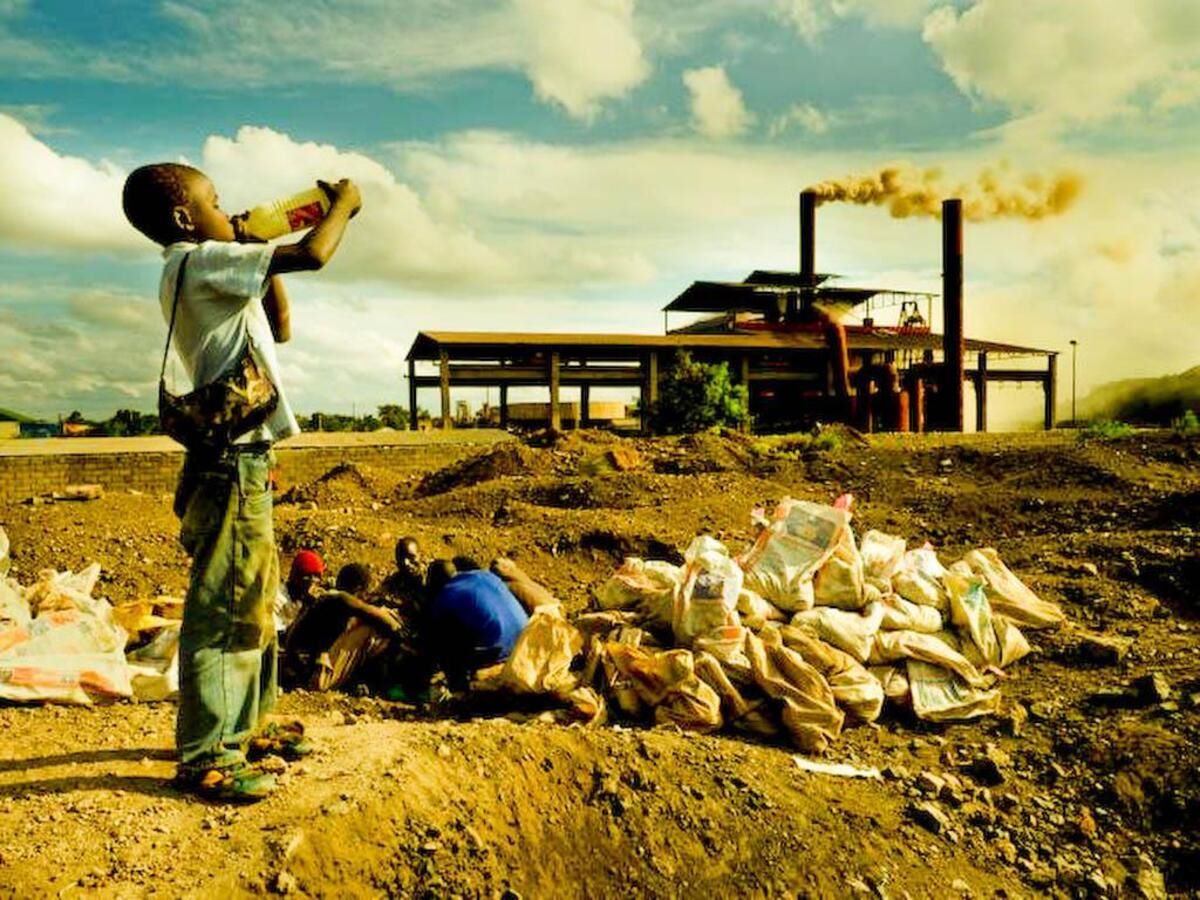
Ever wondered who's behind the groundbreaking research that led to understanding how chemicals affect the Earth's ozone layer? Mario Molina is your guy, a brilliant mind whose work has shaped our approach to environmental policy. Born in Mexico, Molina's curiosity and passion for science propelled him into the global spotlight, earning him a Nobel Prize in Chemistry. But, what else is there to know about this scientific luminary? From his early fascination with chemistry sets to his pivotal role in the battle against ozone depletion, Molina's life is a testament to the power of curiosity and perseverance. Ready to dive into the world of this environmental hero? Let's uncover some fascinating facts about Mario Molina that might just blow your mind!
Key Takeaways:
- Mario Molina's groundbreaking work on CFCs and the ozone layer led to global action, including the adoption of the Montreal Protocol, one of the most successful international environmental agreements.
- Beyond his scientific achievements, Molina's diverse interests and global perspective continue to inspire future generations of scientists and environmentalists.
Who Was Mario Molina?
Mario Molina was a renowned chemist whose groundbreaking work helped reveal the threat that chlorofluorocarbons (CFCs) posed to the Earth's ozone layer. Born in Mexico City in 1943, his passion for science was evident from a young age. Molina pursued his studies in chemical engineering at the National Autonomous University of Mexico before moving to Germany and then to the United States for further education. He earned a Ph.D. in Physical Chemistry from the University of California, Berkeley.
The Discovery That Changed Everything
In the early 1970s, alongside F. Sherwood Rowland, Molina conducted research that led to a monumental discovery: CFCs, chemicals found in aerosol sprays and refrigerants, were depleting the ozone layer. This layer protects life on Earth from harmful ultraviolet (UV) rays. Their work was initially met with skepticism but eventually led to global action.
- Mario Molina and Sherwood Rowland published their findings in 1974, highlighting the dangers of CFCs.
- This research was pivotal in leading to the adoption of the Montreal Protocol in 1987, an international treaty designed to protect the ozone layer by phasing out the production of numerous substances responsible for ozone depletion.
Awards and Recognition
Molina's contributions to science and environmental protection were widely recognized.
- In 1995, he was awarded the Nobel Prize in Chemistry along with F. Sherwood Rowland and Paul Crutzen for their work in atmospheric chemistry, particularly concerning the formation and decomposition of ozone.
- Molina was the first Mexican-born scientist to receive a Nobel Prize in Chemistry.
- Throughout his career, he received numerous other awards, including the Presidential Medal of Freedom in 2013, the United States' highest civilian honor.
Beyond the Lab
Molina was not just a scientist but also an advocate for policy change to protect the environment.
- He served on the Intergovernmental Panel on Climate Change (IPCC) that was awarded the Nobel Peace Prize in 2007.
- Molina's advocacy went beyond ozone protection; he also focused on combating climate change and air pollution.
- He founded the Mario Molina Center for Energy and Environment in Mexico to further research on environmental issues.
Legacy and Impact
Mario Molina's work has had a lasting impact on both science and environmental policy.
- His research played a crucial role in the global understanding of human impact on the environment.
- The Montreal Protocol, influenced by his work, is considered one of the most successful international environmental agreements.
- Molina's dedication to science and the environment serves as an inspiration for future generations of scientists and environmentalists.
- Even after his passing in 2020, Molina's legacy continues to influence global environmental policies and actions.
Personal Life and Interests
Beyond his professional achievements, Molina was a person of diverse interests.
- He was an avid opera lover and enjoyed mountain climbing.
- Molina was fluent in several languages, reflecting his global perspective and diverse cultural interests.
- His commitment to education was evident in his involvement with various institutions, encouraging young people to pursue science and environmental studies.
A Global Perspective
Molina's work underscored the importance of international cooperation in addressing global environmental challenges.
- He believed in the power of science to inform policy and drive positive change.
- His efforts demonstrated how individual scientists can influence global policies and practices.
- Molina's life and work highlighted the interconnectedness of local actions and global environmental health.
Continuing the Fight
Even after the significant achievements of his career, Molina remained active in environmental advocacy until his last days.
- He emphasized the ongoing need to address climate change and reduce reliance on fossil fuels.
- Molina advocated for renewable energy sources as critical to the planet's future.
- His work reminds us that the fight for a healthier planet requires continuous effort and dedication.
Mario Molina's journey from a curious child in Mexico City to a Nobel laureate and environmental champion showcases the profound impact one individual can have on the world. His legacy continues to inspire efforts to protect our planet for future generations.
A Final Nod to Mario Molina's Legacy
Mario Molina's journey, marked by groundbreaking discoveries and unwavering dedication, leaves an indelible mark on science and environmental policy. His work, transcending mere academic achievement, has become a cornerstone in our understanding of human impact on the planet. Molina's legacy, a blend of curiosity, perseverance, and a deep commitment to the Earth's well-being, continues to inspire generations. As we reflect on his contributions, it's clear that Molina didn't just study the atmosphere; he changed the way we think about our place within it. His life reminds us that passion, paired with scientific inquiry, can indeed make the world a better place. Let's carry forward his spirit of inquiry and stewardship, honoring a true pioneer who showed us the power of science in service to humanity.
Frequently Asked Questions
Was this page helpful?
Our commitment to delivering trustworthy and engaging content is at the heart of what we do. Each fact on our site is contributed by real users like you, bringing a wealth of diverse insights and information. To ensure the highest standards of accuracy and reliability, our dedicated editors meticulously review each submission. This process guarantees that the facts we share are not only fascinating but also credible. Trust in our commitment to quality and authenticity as you explore and learn with us.


